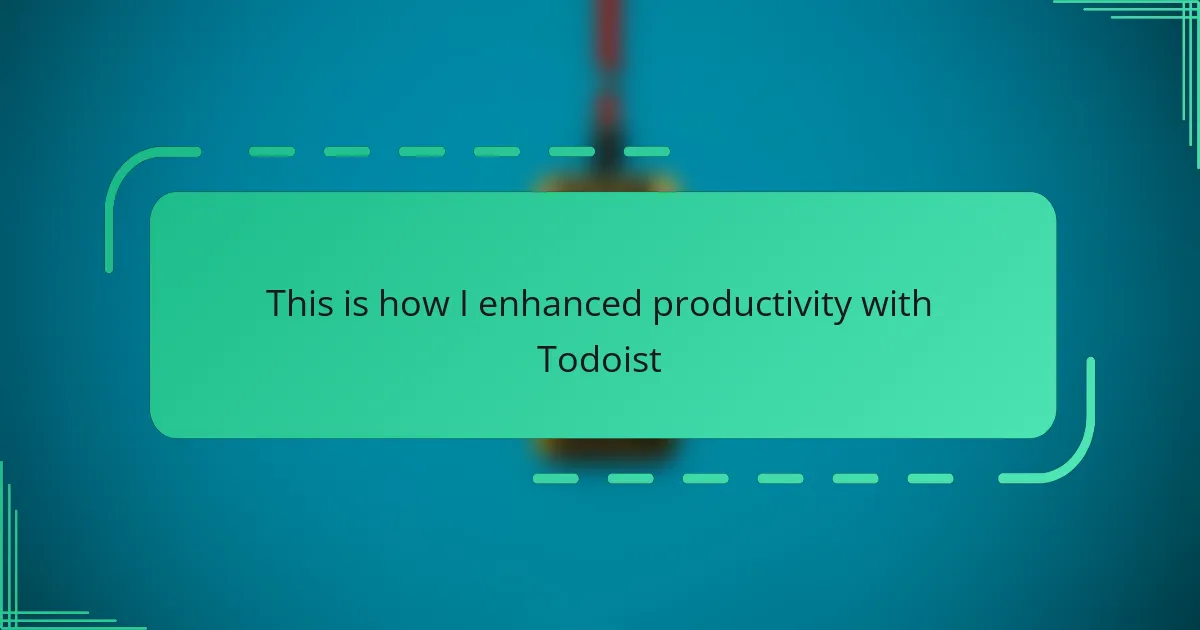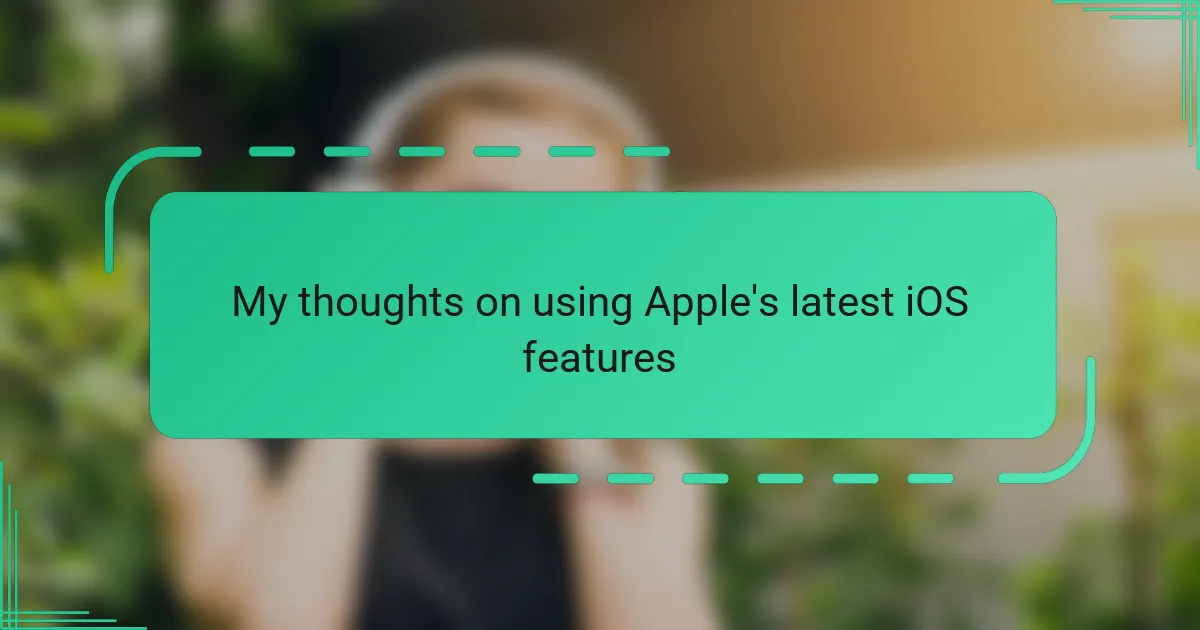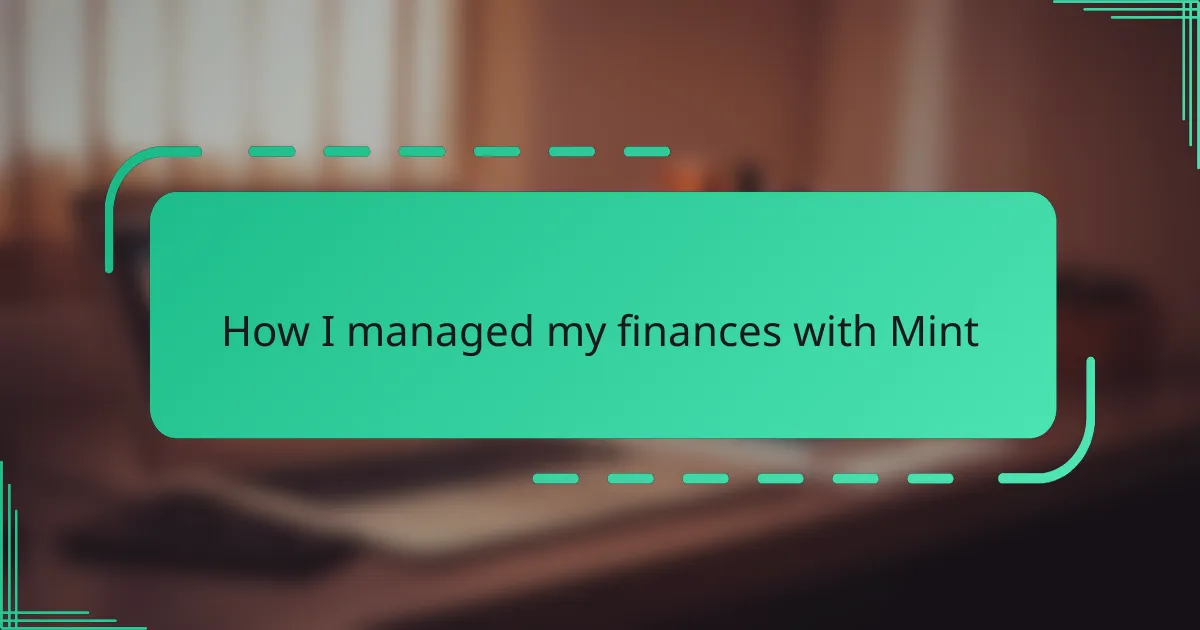Key takeaways
- Productivity tools should adapt to individual workflows, enhancing focus without adding distraction.
- Personalizing features like labels and filters in Todoist can significantly improve task management and reduce overwhelm.
- Integrating Todoist with other apps like calendars and email can streamline workflow, providing a cohesive productivity experience.
- Regularly reviewing and prioritizing a limited number of tasks can enhance productivity and lead to a greater sense of accomplishment.
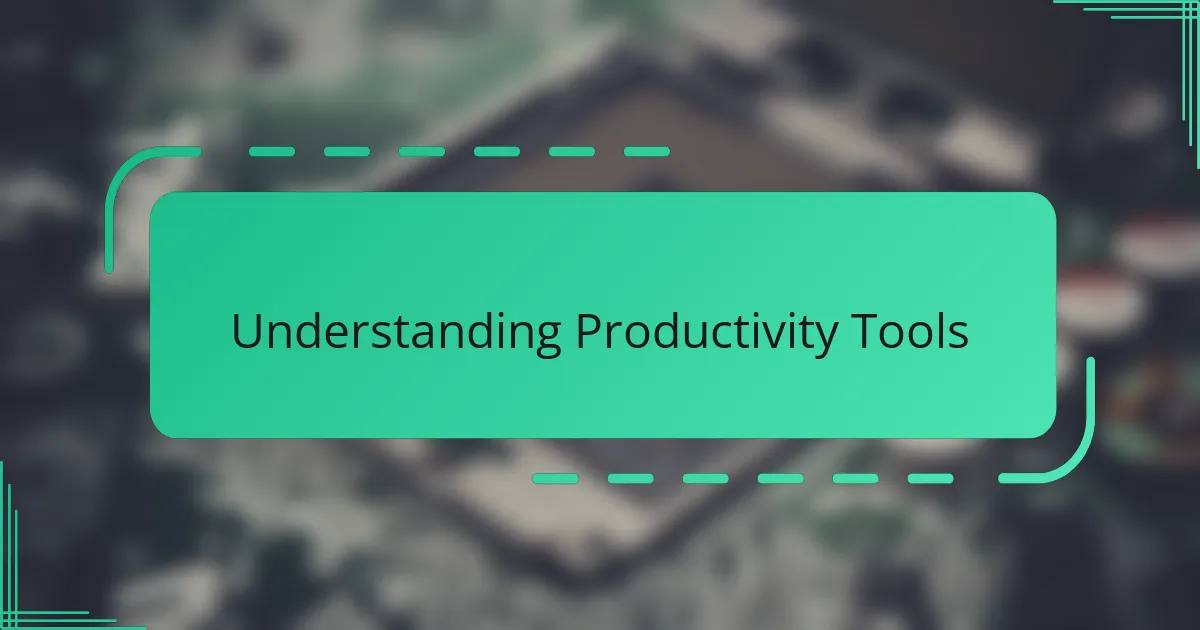
Understanding Productivity Tools
Productivity tools can sometimes feel like just another thing to manage, but they actually serve as extensions of our minds, helping us organize tasks and ideas that easily spiral out of control. Have you ever felt overwhelmed by a long to-do list? I know I have, and that’s when a good tool becomes more than just an app – it becomes a lifeline.
For me, understanding what a productivity tool truly does means recognizing how it adapts to my workflow instead of forcing me to change habits. It’s about finding that seamless connection where technology supports focus rather than distracting me further. When I first grasped this, I noticed a real shift in how I tackled each day.
Do you wonder why some tools stick while others end up abandoned? The difference lies in intuitiveness and emotional connection; when a tool feels natural and even enjoyable, it motivates consistent use. I’ve learned that productivity isn’t just about efficiency—it’s about feeling empowered to accomplish what matters most.
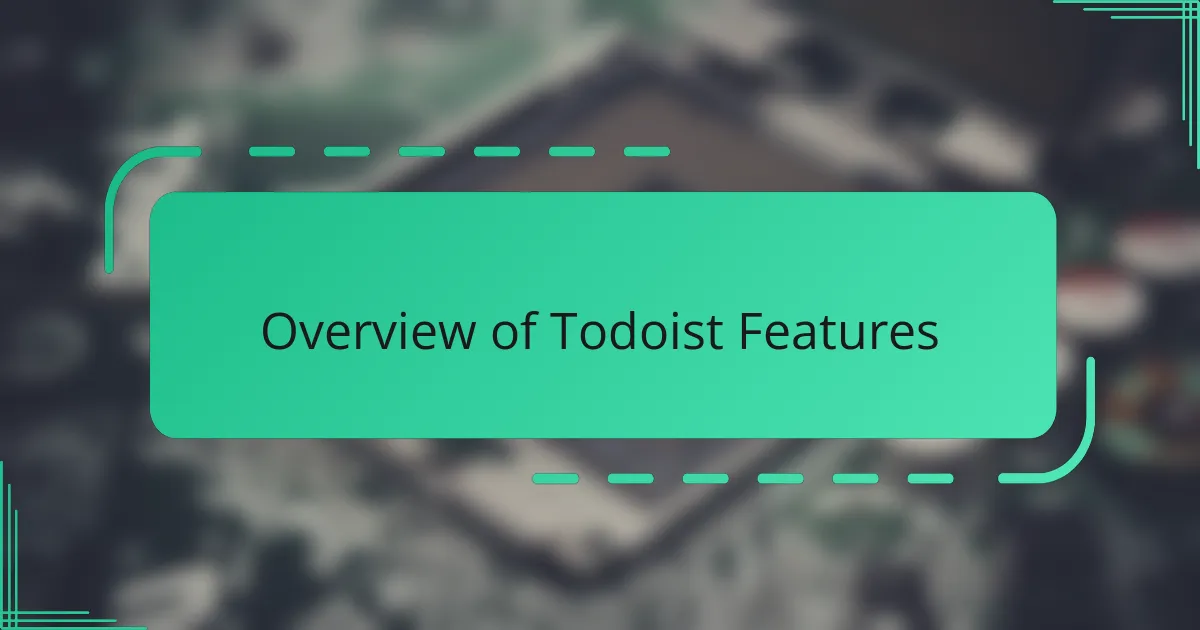
Overview of Todoist Features
Todoist stands out because it feels both powerful and simple, a combination I rarely find in productivity apps. Its core features, like task organization through projects and labels, give me the flexibility to sort my work the way I want—whether by priority, deadline, or context. Have you ever wished your to-do list could just rearrange itself to match your brain’s chaos? Todoist comes pretty close.
What really caught my attention was how easy it is to add tasks, even when I’m on the go. The quick-add feature with natural language input means I type “Meeting tomorrow at 3 pm,” and Todoist instantly schedules it. This little detail saves me from interrupting my flow, something I’ve noticed makes a big difference in staying productive over time.
Beyond just task management, Todoist’s reminders and recurring task options have become my reliable nudges, especially for less exciting chores. I’ve found that these subtle prompts reduce mental clutter—no more worrying if I forgot something important. Isn’t freeing up brain space one of the best productivity hacks out there?
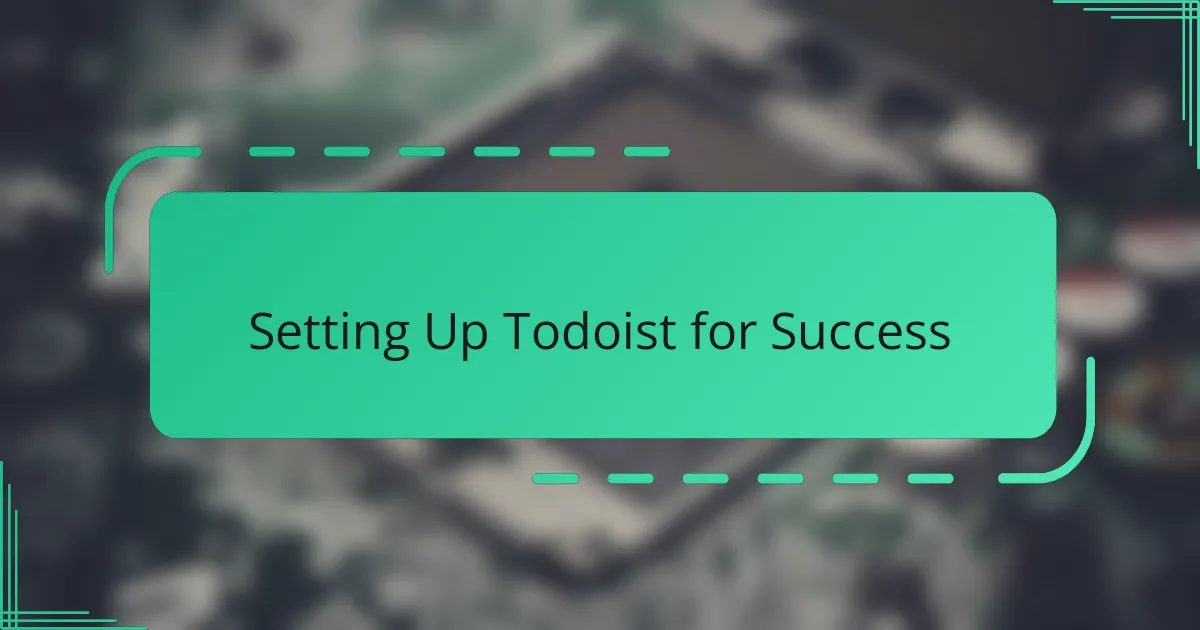
Setting Up Todoist for Success
Setting up Todoist for success meant more than just creating a few projects; it required me to tailor its structure to fit the way I naturally think. I started by breaking down my main goals into clear projects and then added labels that reflected the context—like “Home,” “Work,” or “Urgent”—which made filtering tasks feel intuitive rather than forced. Have you tried organizing tasks in a way that actually mirrors your daily rhythm? That was a game-changer for me.
At first, I hesitated to use Todoist’s advanced features, worried they’d complicate things. But once I experimented with filters and priority levels, I realized they gave me control without adding chaos. I even set up a few custom filters to surface tasks due soon or those I’d been procrastinating on—kind of like having a personalized assistant nudging me exactly when I needed it.
One of the most valuable steps was syncing Todoist across my devices. Being able to glance at my list on my phone during a quick break or pull it up on my laptop without missing a beat made staying on track effortless. Have you ever experienced that relief when your to-do list is always within reach and perfectly updated? That constant accessibility made all the difference in turning intentions into actions.
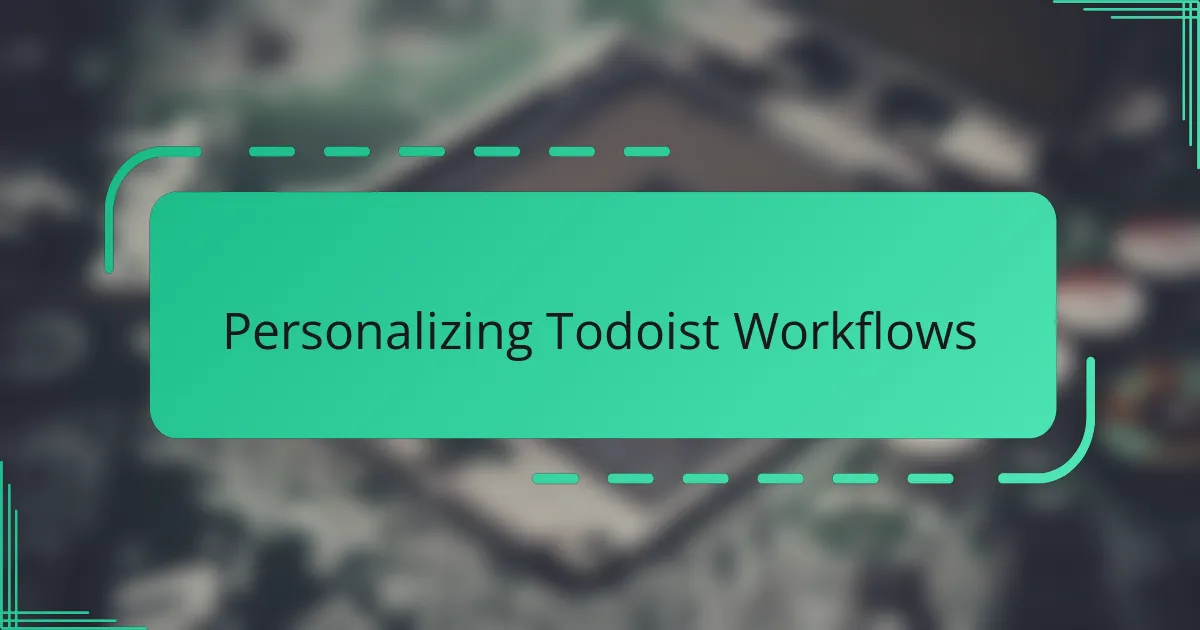
Personalizing Todoist Workflows
One thing I quickly realized about personalizing Todoist workflows is that it’s really about making the app work like an extension of my brain. I started customizing my labels and projects to reflect not just tasks, but how I mentally categorize my day—things like “Energy High” for demanding work and “Quick Wins” for small, satisfying tasks. Have you ever felt that some to-do lists just don’t get your rhythm? Tailoring Todoist this way made it feel like my own personal coach.
I also found that creating custom filters transformed how I interact with my task list. Instead of wading through everything, these filters act like curated views, showing me what needs immediate attention or what I should tackle when I’m low on focus. It’s like having a spotlight on the right tasks at the right time, which stopped me from feeling overwhelmed. Isn’t that what productivity tools should do—simplify rather than complicate?
Occasionally, I tweak my workflow based on shifting priorities or new habits. For example, when I started setting time blocks in my calendar, I adjusted Todoist’s labels and reminders to match those periods, which kept me honest about sticking to my schedule. This flexibility is what makes personalization so powerful; it grows with me, not against me. Have you experimented enough to find out what fits your workflow best? I’m convinced that small, intentional tweaks are the real secret to staying productive.
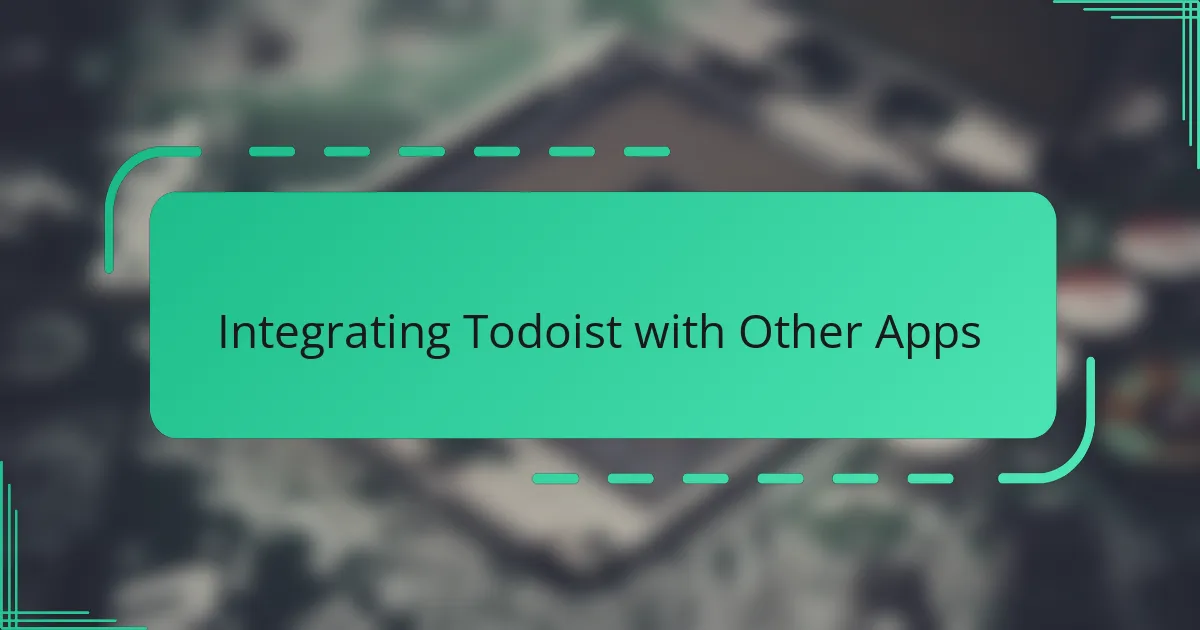
Integrating Todoist with Other Apps
Integrating Todoist with other apps completely changed how I manage my workflow. For example, linking Todoist with my calendar means I see my tasks alongside meetings, so nothing slips through the cracks. Have you ever jumped between tools and lost your focus? This integration keeps everything in one place, which feels like a productivity superpower to me.
I also connected Todoist to tools like Slack and email, turning incoming messages into actionable tasks without manually copying details. It’s like having a virtual assistant who never forgets—something I didn’t know I needed until I tried it. How many times have you gotten distracted by your inbox? Automating task creation from emails gives me peace of mind and more headspace.
Another favorite is syncing Todoist with automation tools like Zapier. This quick set-up means repetitive tasks happen behind the scenes, freeing me to focus on what truly matters. Have you ever wished you could erase small but annoying chores from your day? Setting up these integrations felt like reclaiming time, and honestly, that feeling is priceless.
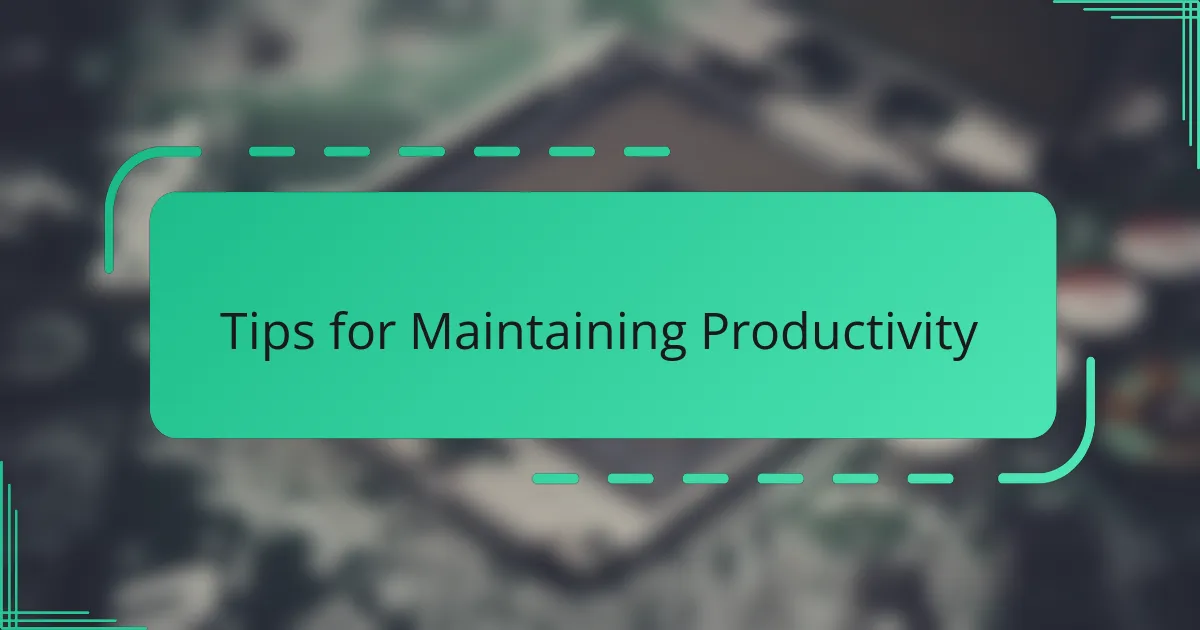
Tips for Maintaining Productivity
Staying productive isn’t just about ticking off tasks—it’s about creating habits that keep momentum going. I found that regularly reviewing my Todoist list, even for just a few minutes each morning, helped me prioritize what truly mattered. Have you ever noticed how a quick glance at your priorities can steer your whole day in a better direction?
Another tip that made a real difference for me was limiting my daily to-do list to just a handful of key tasks. It’s tempting to overstuff the list, but that often leads to overwhelm. When I focused on completing three to five meaningful tasks, my sense of accomplishment skyrocketed, and surprisingly, I got more done.
Finally, I learned to embrace Todoist’s reminders as gentle nudges rather than interruptions. Instead of feeling pressured, I started seeing them as helpful prompts that kept me on track without stress. Do you think reminders can sometimes feel like nagging? Shifting this mindset made staying consistent feel easier and even a little rewarding.
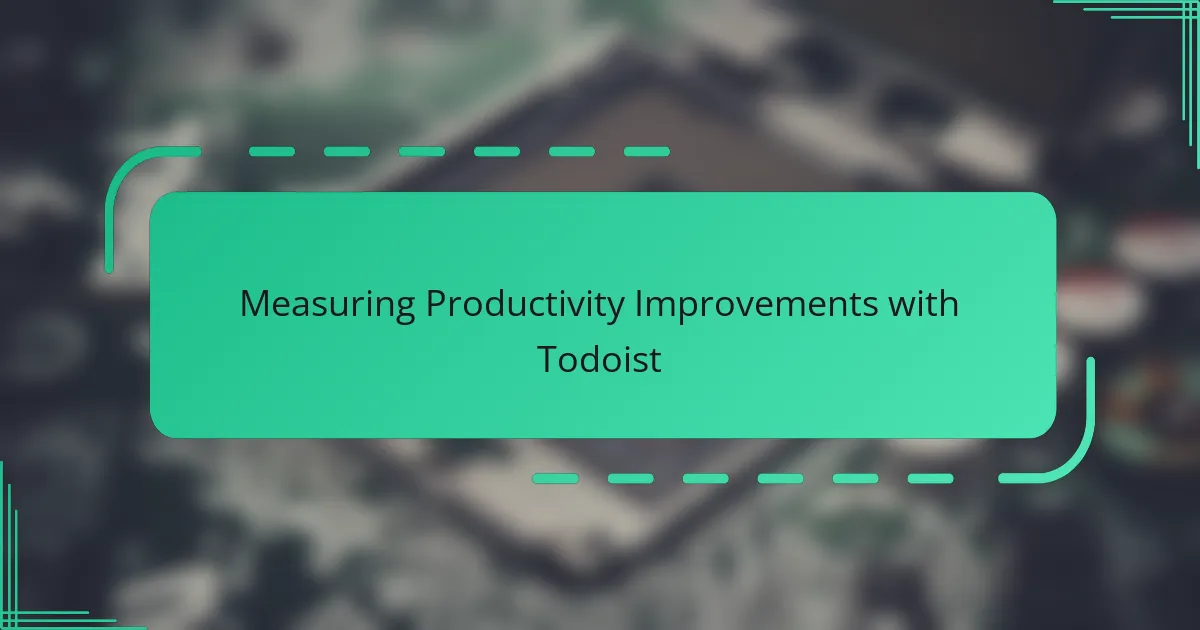
Measuring Productivity Improvements with Todoist
Measuring productivity improvements with Todoist became surprisingly tangible for me when I started tracking completed tasks over weekly and monthly periods. I noticed that seeing my streak of finished tasks grow wasn’t just motivating—it provided concrete proof that my focus was sharpening, which felt incredibly rewarding. Have you ever felt that small wins can build real momentum? For me, this visual progress was a game-changer.
Another way I gauged my productivity was by comparing how long it took me to clear specific project tasks before and after using Todoist. Initially, I underestimated how much mental energy was wasted on deciding what to do next. Todoist’s clear structure helped cut that decision fatigue down, so I found myself wrapping up work faster than usual. Does that sound familiar—getting stuck in task paralysis? This shift made my days feel smoother and less stressful.
I also paid attention to the quality of my focus when using Todoist’s priority levels and reminders. Instead of mindlessly powering through tasks, I became more intentional, tackling high-impact items during my peak energy times. Tracking this wasn’t about numbers alone; it was about sensing an uplift in how purposeful my work felt. Have you noticed how well-timed reminders can refocus your attention just when you need it? For me, this subtle recalibration proved invaluable in boosting not just output, but satisfaction.
